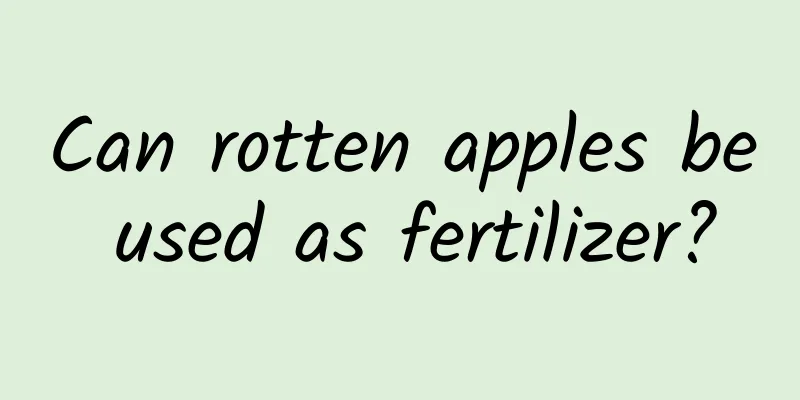How to prune grape vines?

|
Grapevine pruning is an important part of vineyard management, as it helps regulate tree vigor, improve fruit quality and increase yield. So how do we perform pruning operations? Let’s learn more about it below. 1. Pruning time Grapevine pruning is usually done during the dormant period, after the leaves fall and before new shoots begin to grow, which is approximately late fall to early spring. 2. Pruning tools Make sure to use sharp tools such as pruning shears, large loppers, curved shears and lopping saws, and disinfect them before and after use to reduce the risk of spreading germs. 3. Pruning method (1) Short pruning: Cut off some of the side branches on the main trunk, usually leaving them at a length of 2 to 4 buds to reduce the growth of the plant and focus on fruit production. (2) Long pruning: This method is suitable for situations where more grape vines are needed. Leaving the side branches at a length of 6 to 8 buds will help increase the number and growth of vines. (3) Super short pruning: used for older vines or in certain situations, leaving very short vines, usually only 1 to 2 buds long. 4. Notes (1) Pruning position: The pruning position should be about 2-3 cm above the selected bud, ensuring that the cut is above the outward bud to promote outward growth of new branches. (2) Remove diseased and weak branches: When pruning, remove diseased branches, dead branches, crossed branches and overly dense branches to improve ventilation and light conditions. (3) Post-pruning treatment: After pruning, the cut branches should be cleaned up in time to avoid the breeding of pathogens and pests. You can also apply horticultural ointment or other protective agents to the wound to promote healing and prevent the invasion of germs. (4) Water and fertilize at the right time: After pruning, water the plants in a timely manner according to the soil moisture, and apply appropriate fertilizer in spring to promote the growth of new branches. In general, grape vine pruning must be taken seriously. Through reasonable pruning, the goals of healthy growth, high yield and high quality of grapes can be achieved.
|
<<: Agave cultivation methods and precautions
>>: Introduction and prevention of 5 common diseases and pests of potted green radish
Recommend
How to water soil-grown copper coin grass
Key points for watering soil-grown copper coin gr...
Common diseases of balcony vegetables
1. Powdery mildew It often occurs in melons, caus...
Golden Diamond Seasonal Maintenance Methods
Spring maintenance of gold diamond Change the pot...
How to prune two-year-old loquat saplings?
Loquat is a kind of fruit that everyone likes to ...
How to cut off Ji Longyue's head
time Strictly speaking, there is no specific time...
When to plant delphinium seeds
Harvesting delphinium seeds Before sowing delphin...
How often should I water my cactus?
How often should I water my cactus? Cactus is not...
How to place bamboo palms at home
Feng Shui Meaning of Palm Bamboo Palm bamboo is a...
How to propagate the lucky tree?
1. Seed propagation Before planting the lucky tre...
How to make golden lotus bloom all year round
Nasturtium sowing in stages If you want the nastu...
How to judge whether to water the flowers or not, how to judge whether to water too much
1. How to judge watering flowers 1. Leaf changes:...
Will the sweet-scented osmanthus tree die if its trunk is sawed off?
1. You won’t die Even if the trunk of an osmanthu...
These 7 kinds of flowers form balls when they bloom, and the flowers are clustered together, so crowded that the balcony will be bursting with them!
Geranium Geraniums are very easy to grow by cutti...
What is the best month to plant bitter chrysanthemum?
When to plant bitter chrysanthemum Gewurze is a v...
How many crops of greenhouse tomatoes can be planted in a year?
Growing tomatoes in greenhouses is a common and e...









